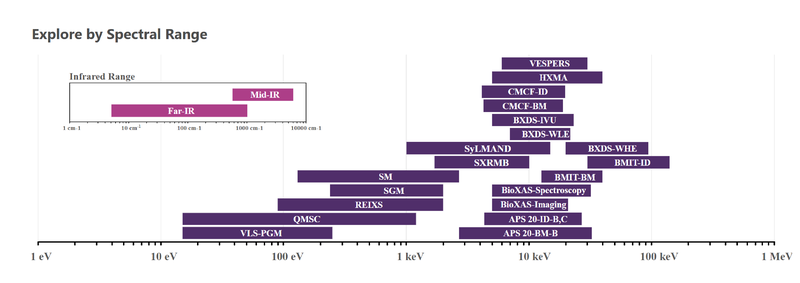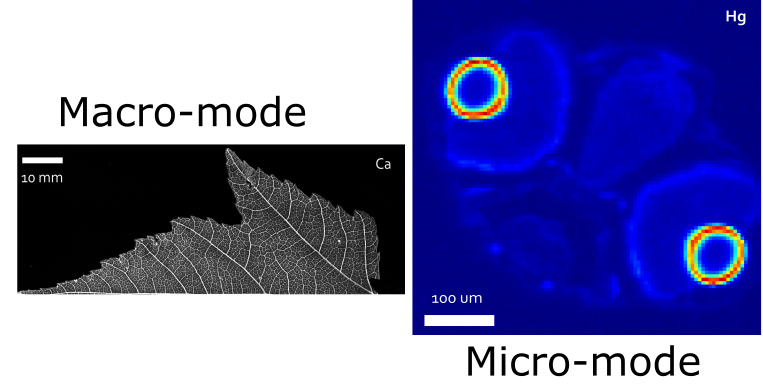BioXAS Sector
BioXAS is a newly commissioned beamline sector at the Canadian Light Source consisting of three beamlines. The wiggler beamlines, BioXAS-Main and BioXAS-Side, are dedicated to X-ray Absorption Spectroscopy (XAS). The third, undulator beamline, BioXAS-Imaging, is a multi-resolution X-ray Fluorescence Imaging beamline. The BioXAS insertion devices occupy the same straight section of the storage ring but in a chicaned configuration to allow the beamlines to be operated independently.
The BioXAS-Imaging beamline is a hard X-ray fluorescence imaging beamline with two spatial resolution modes currently in operation. The beamline has a spectral energy range between 5 to 21 keV.

BioXAS-Imaging

User Portal
Visit the CLS User Portal to submit a proposal, update your project, or request beamtime.
Disciplines
- Biological Science
- Environmental Science
- Cultural Heritage
Examples of research areas
- Bio-distribution of essential/toxic elements
- Metals in various brain diseases
- Metal-based compounds
- Metals interaction with organisms in the environment
- Accumulation, biotransformation, bioremediation
Techniques
- X-ray fluorescence imaging (XFI)
- X-ray absorption spectroscopy imaging (XAS Imaging)
- X-ray absorption spectroscopy experiments in situ (μ-XAS)

